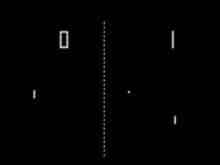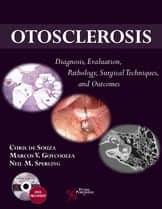Staff Standpoint | November 2016 Hearing Review


The technological marvel of Pong: two crude paddles per side, a “ball,” with the digital score at the top.
Anyone with a smart phone, computer, and children immediately understands why computer/video games are the analog of crack for kids. They’re incredibly fun and engaging, while also being time-sucking vampires. It’s almost certainly true that some of these games rot kids’ brains and contribute to the childhood obesity epidemic (though Pokémon GO purportedly gets kids off the couch). But there are also games like Minecraft and Civilization that demand creativity and strategy, and given the appropriate time constraints, are probably preferable to the hours I wasted playing Dungeons & Dragons in dank basements with my pimply egghead friends.
So, what does this have to do with hearing? As demonstrated in the article by Nancy Tye-Murray, PhD, gaming technology—and more specifically game-based learning—may play a very large and important role in our future. Dr Tye-Murray describes the clEAR (customized learning: Exercises for Aural Rehabilitation) program that actually uses the voices of the patient’s significant others (eg, spouse, daughter, grandchild, etc) as the target voice in an auditory training program, with automatic feedback and a dashboard for the clinician.
For years, some of the most important components of aural rehabilitation (AR) have been “more honored in the breach than in the observance,” particularly those things that would help individualize and customize patient care. We can all agree that instructions about using hearing aids and listening strategies, involvement of family members, group AR sessions, and auditory training exercises could further help the patient. The problem, of course, is that busy practices have time constraints that limit a lot of these types of interactions and instruction. There do exist some self-directed programs, including LACE, that appear to be effective—when you can get the patients’ adherence and buy-in to the program. There are also programs and apps like Angel Sound, ReadMyQuips, and Postit Science that, in varying degrees and with various price tags, also blend interactivity and AR/cognitive exercises.
As the field progresses, and as game-based learning technology advances, look for more of these types of interactive approaches to customized AR. Yes, Pong was a technological marvel of its day, but a program that is fun to use while making your hearing better is far more impressive!




